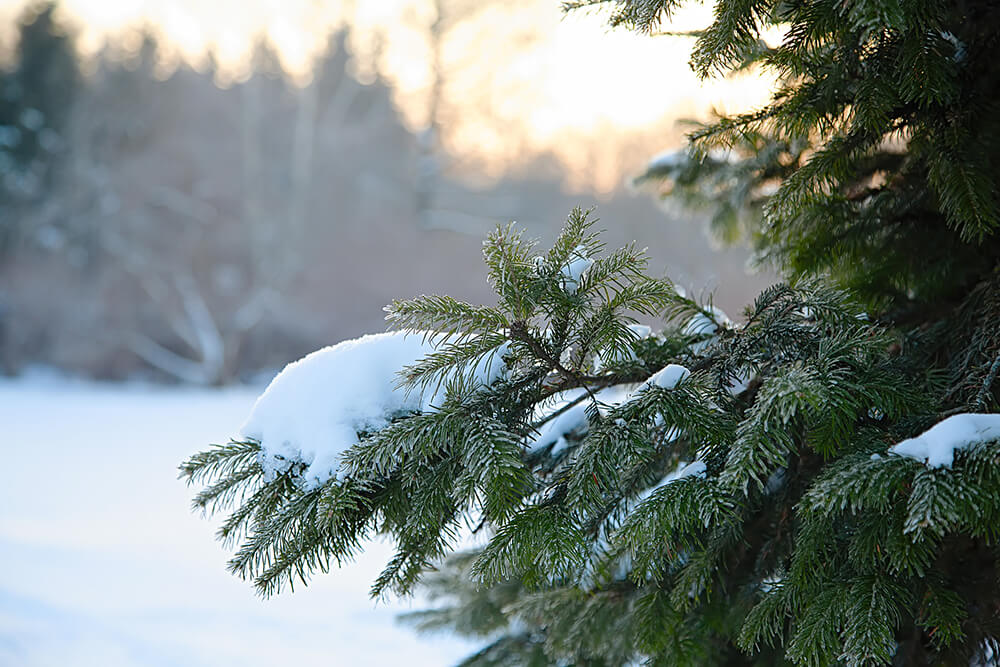
Evergreens for Year-Round Beauty and Function
In Southwestern Ontario’s warmer months, nature abounds with colour, vibrancy, and life. But come late fall, many plant, shrub, and tree species go dormant, sleeping off the current year and preparing for the next.
The exception of course is the evergreen, as showy (if not more so) under a blanket of snow as it is in the warm sunshine. And this category includes more than just the conical, needled variety we cut down and haul inside to decorate every Christmas.
Despite our cold, snowy winters, a wide variety of plants, shrubs, and trees thrive year-round thanks to their ability to store water and nutrients that sustain them through to spring. Here’s a small sampling of examples:
Golden foliage of False Cypress
Emerald green foliage of the Boxwood
Beautiful needles of the Blue Spruce
Deep purple-green foliage of Holly
Evergreens are not only beautiful, but functional as well. The following are a few benefits of adding evergreens to your landscape.
Low-Maintenance
As mentioned above, species in this category excel at storing water and nutrients. This means that they need little in the form of maintenance, other than getting the root system established after planting and helping them through drought.
A Natural Windbreak
Tall, full evergreens planted in a row perpendicular to prevailing winds provide relief from the wind year-round. They also act as a natural snow fence, sheltering roads, driveways, and exposed walkways from extreme snow drifts and accumulation.
Added Privacy
Because of their year-round fullness, evergreens are often used in groups or in conjunction with hardscape to provide privacy from passing traffic and neighbouring properties. Cedars are probably the most common variety to use for this purpose due to their inherent fullness, height and growth rate.
Enhanced Air Quality
All trees do a great job of filtering the air in the warmer months, replacing carbon dioxide with oxygen. But for obvious reasons, evergreens provide air filtration throughout the year.
Eco-System Support
Evergreens provide everlasting protection and habitat for small wildlife like birds and squirrels. Setting up a feeder or two, close to an evergreen is the ideal way to enjoy these creatures and help them thrive.
Aesthetic Variety
Evergreens come in a wide range of colours, shapes, and sizes and will suit any area and any landscape. Some sprawl horizontally, making excellent ground cover. Others can grow up to 80 feet tall.
Some keep a relatively natural globe shape, while others have the quintessential conical habit. Some, like boxwoods and cedars, can be pruned into virtually any shape you like.
Varieties like the Yew and Holly bear bright red berries, providing a brilliant contrast to their deep green foliage. Speaking of foliage, colours range from gold to emerald green to blue to almost black.
While it’s nice to have beautiful plants, shrubs, and trees to enjoy in the warmer months when we’re spending more time outdoors, evergreens provide year-round appeal that cannot be overstated. If you’d like to update your landscape with these and other softscape selections, but need help with selection and planting, give us a call. We’re happy to help.

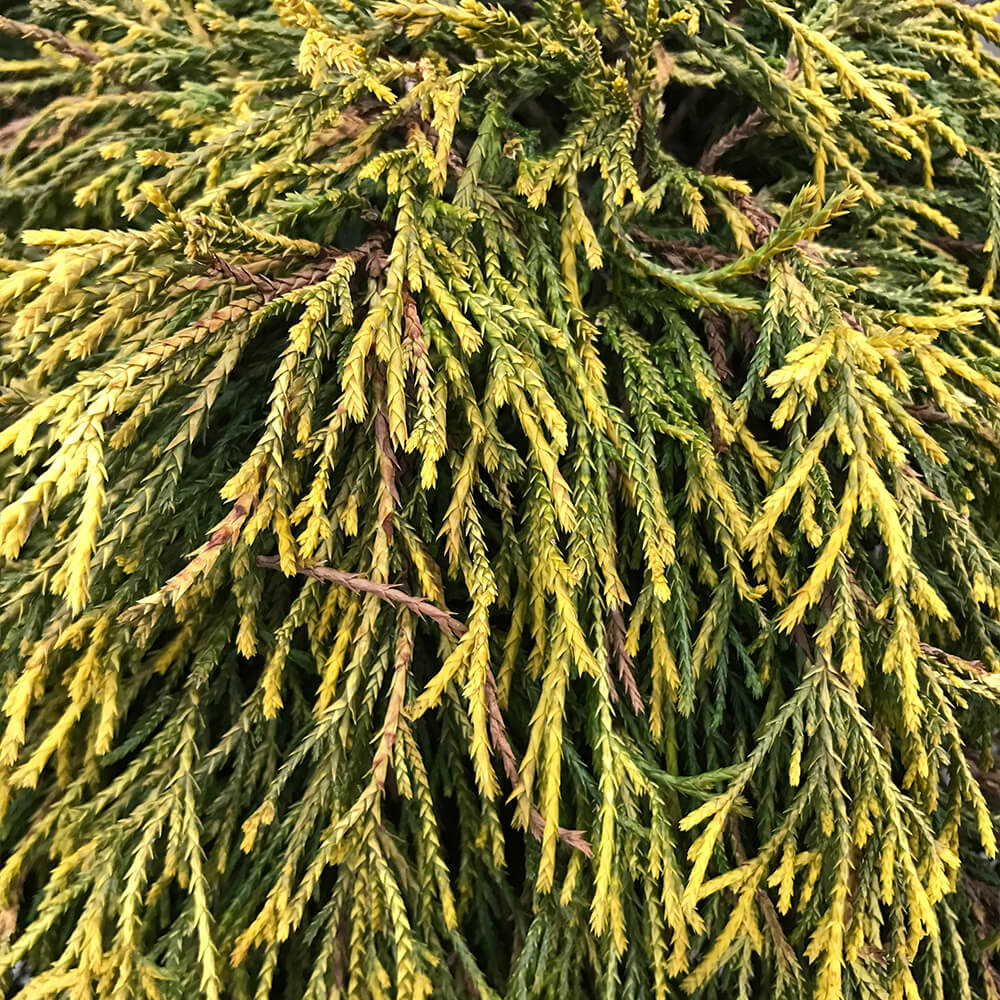

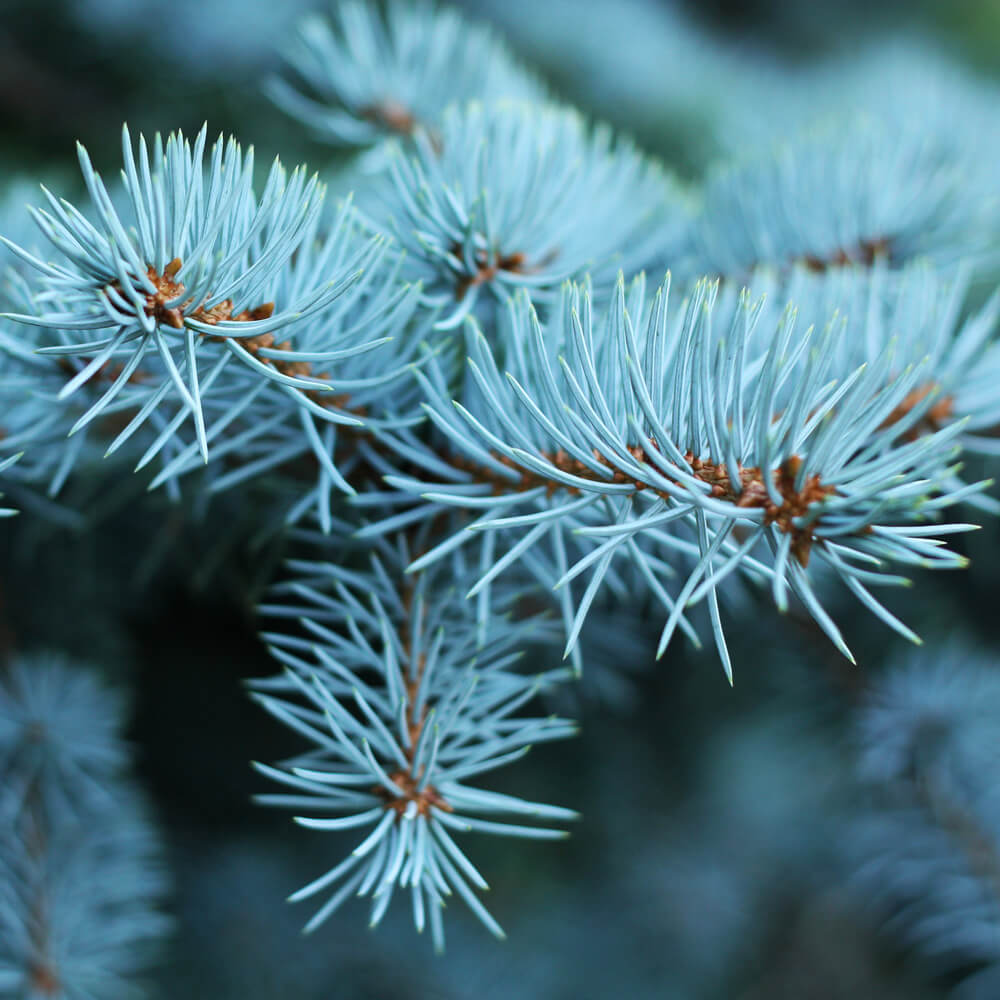
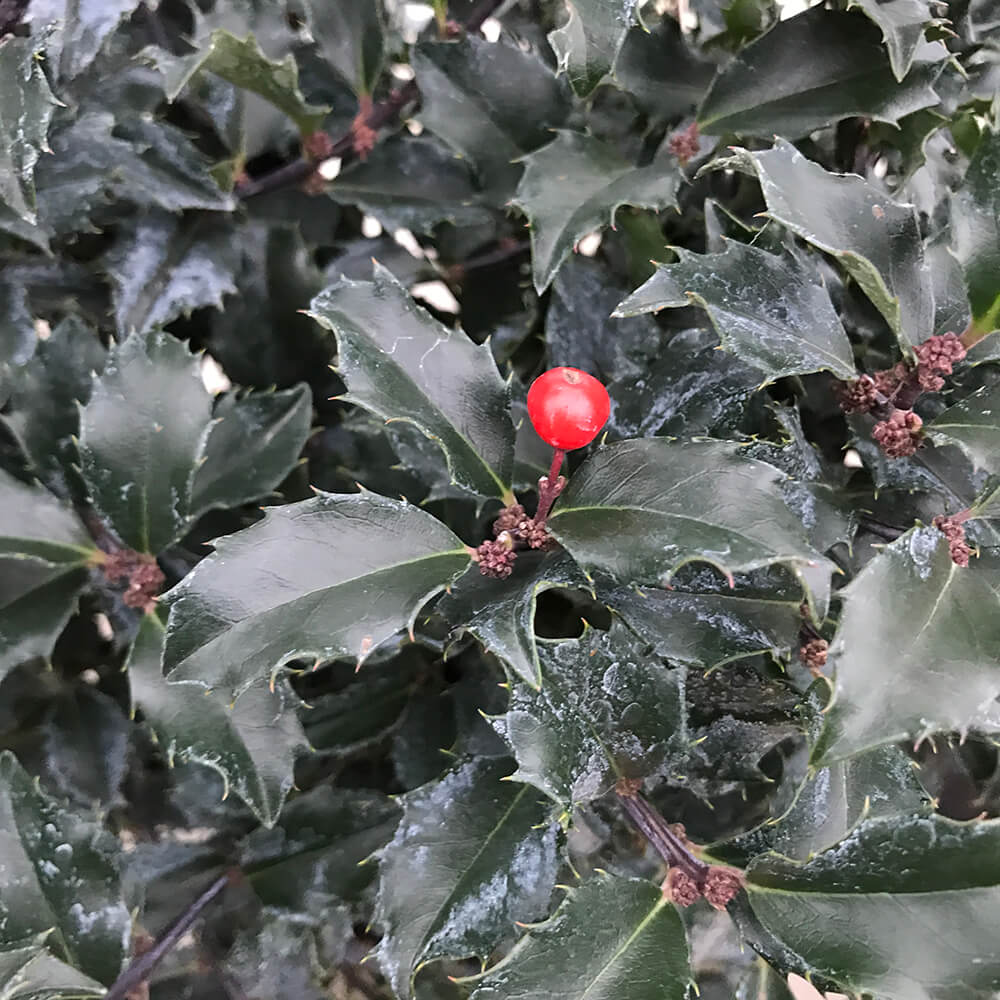
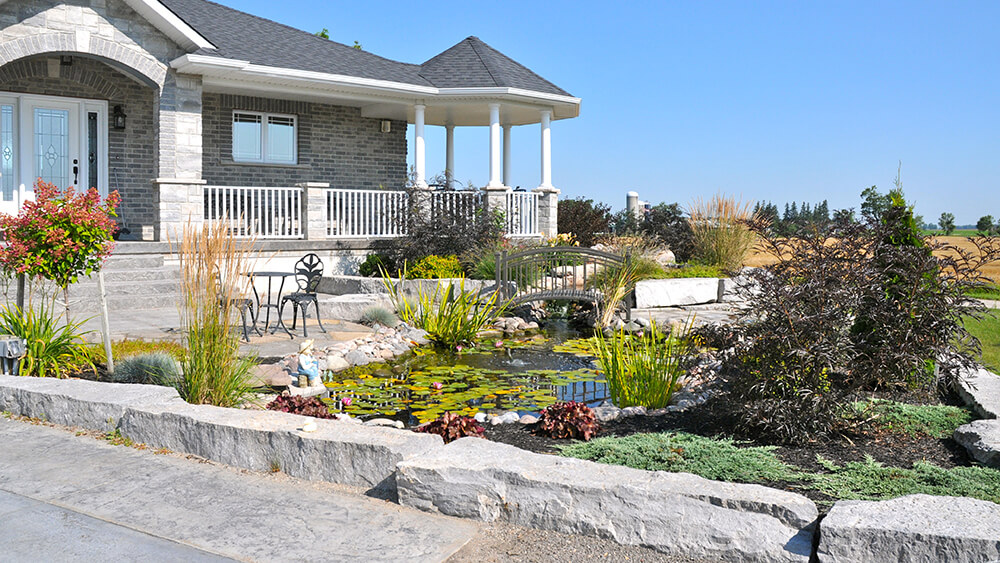
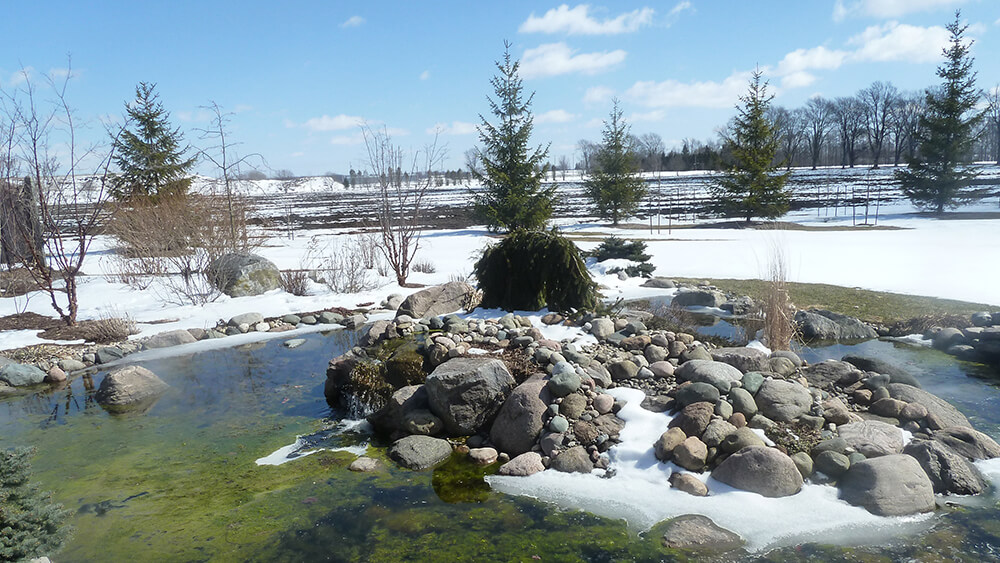
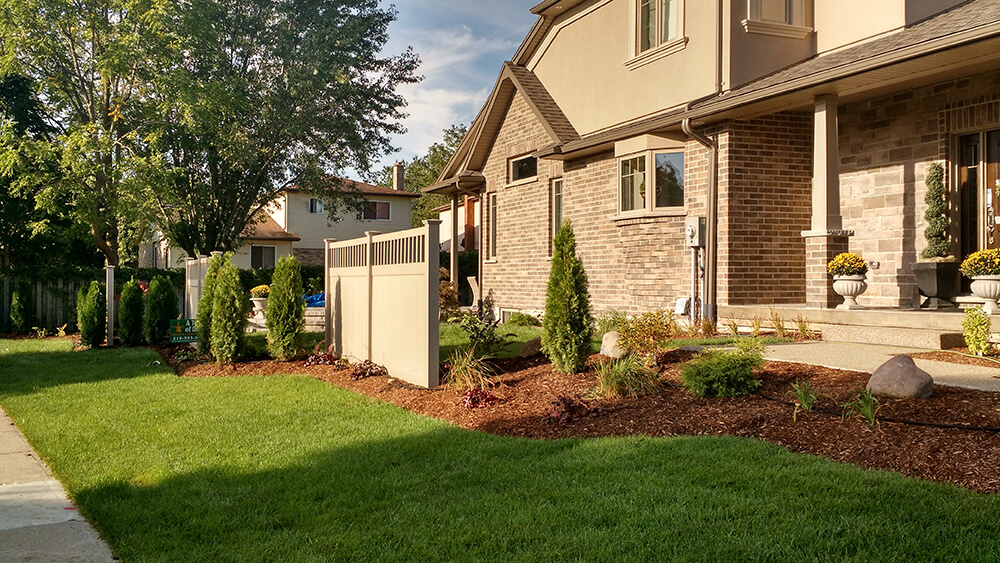
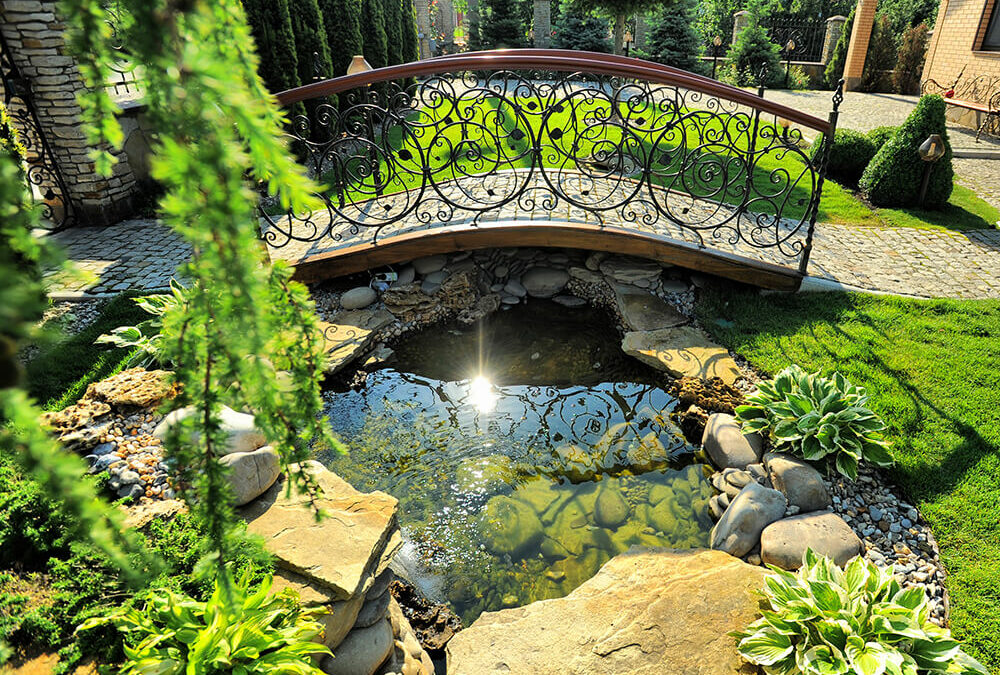
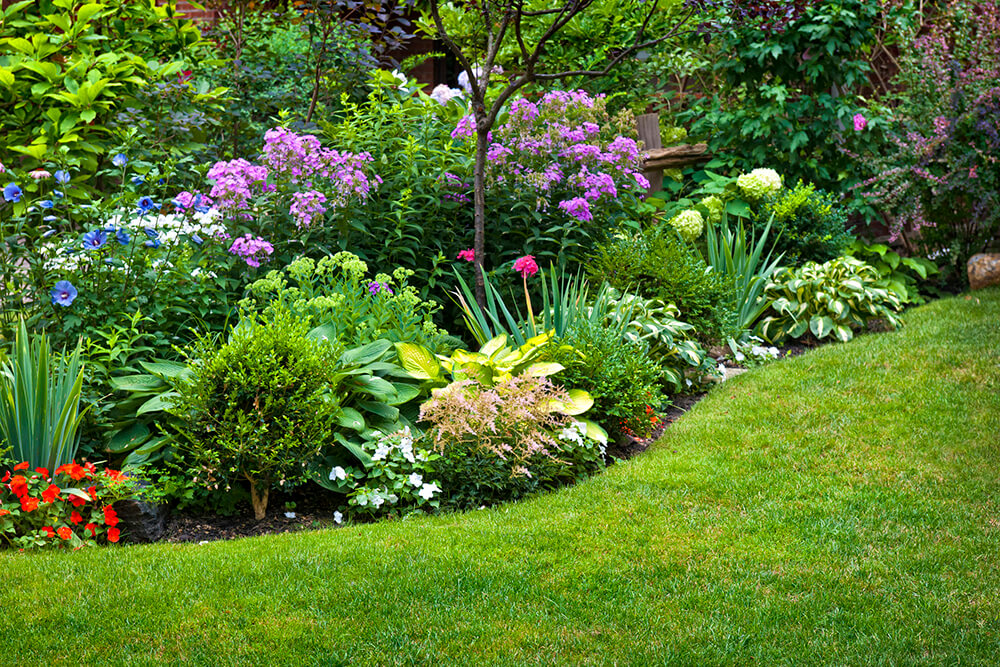
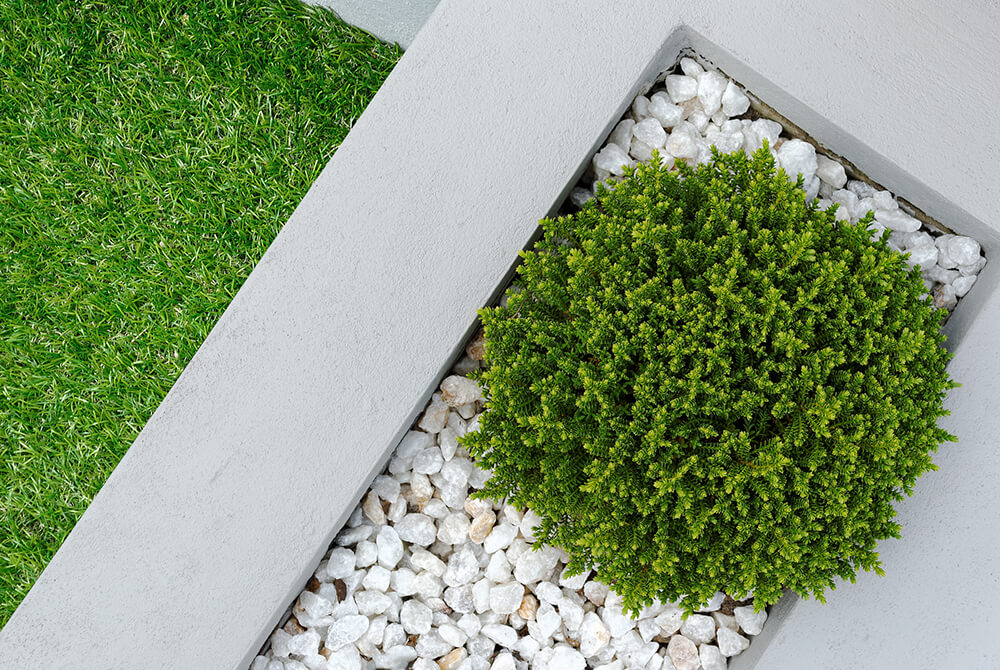
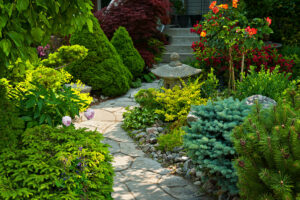
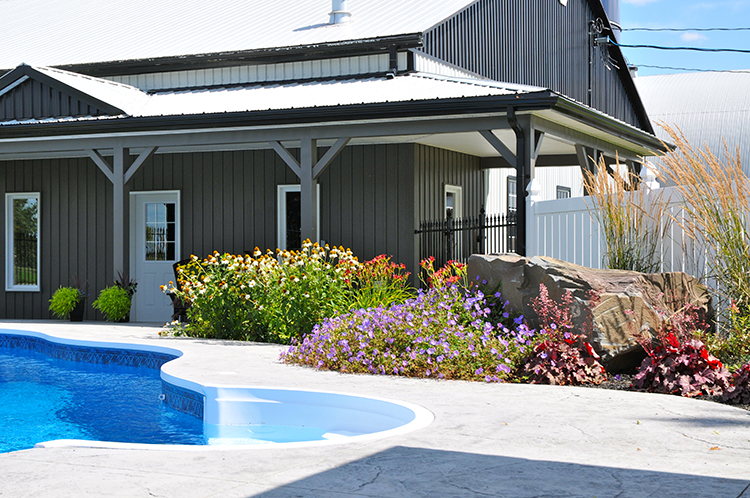
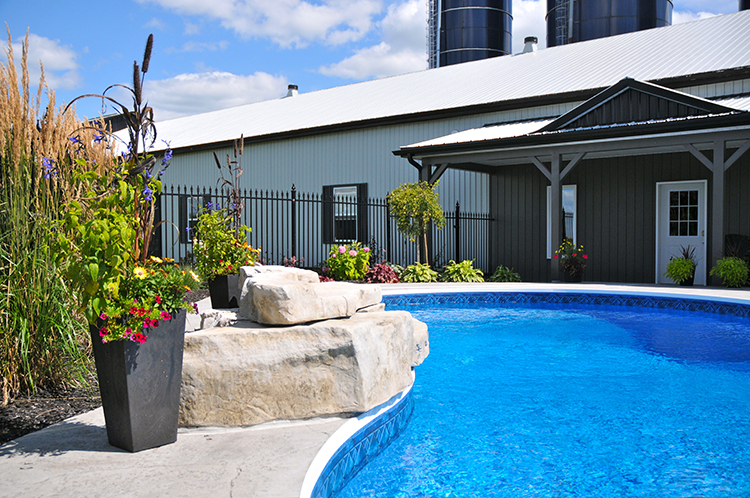 This is your invitation to have a big “blue sky” session. Include others who will also be using the finished space and note all wants and needs.
This is your invitation to have a big “blue sky” session. Include others who will also be using the finished space and note all wants and needs. 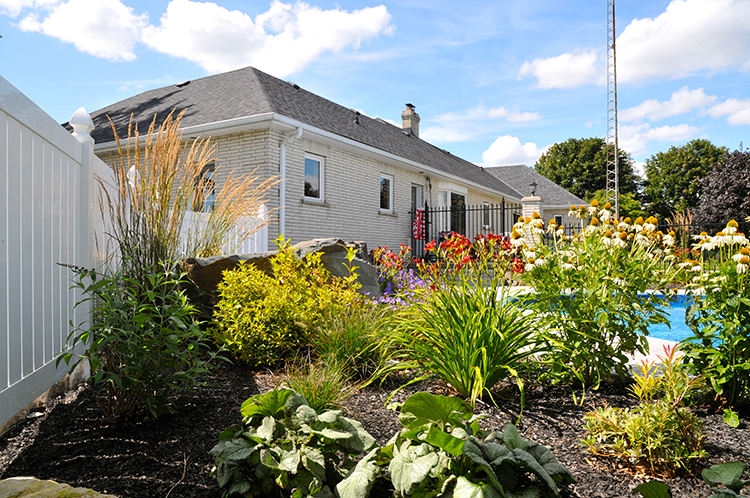 This step incorporates more practicality into your plan. Take some time to think about how you will be using your finished backyard. Talk to other pool owners about the things they love most about their yard and perhaps what they would have done differently if they could do it again.
This step incorporates more practicality into your plan. Take some time to think about how you will be using your finished backyard. Talk to other pool owners about the things they love most about their yard and perhaps what they would have done differently if they could do it again.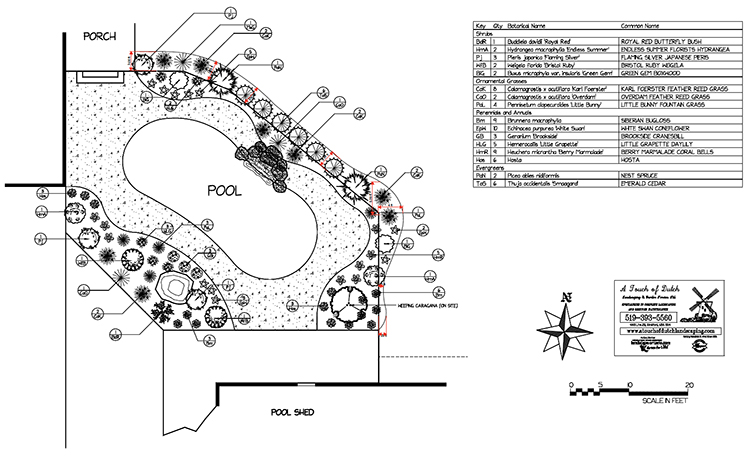 From modest to unlimited, we work with all kinds of budgets. And we’ll be happy to work within yours while showing you how to maximize the return on your investment without compromising your entire vision.
From modest to unlimited, we work with all kinds of budgets. And we’ll be happy to work within yours while showing you how to maximize the return on your investment without compromising your entire vision.
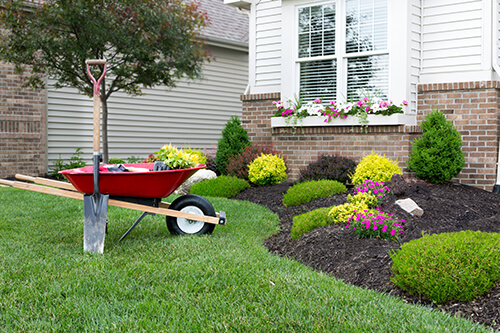 If your home has a grass-dominant greenspace in front, keeping your lawn neat and tidy is a no brainer for improving and maintaining curb appeal. Keep grass cut to a consistent length, but not too short as doing so can cause undue stress and increased exposure to weeds and pests. Edging your lawn along walkways, gardens, and your driveway provide a nice, polished appearance as well.
If your home has a grass-dominant greenspace in front, keeping your lawn neat and tidy is a no brainer for improving and maintaining curb appeal. Keep grass cut to a consistent length, but not too short as doing so can cause undue stress and increased exposure to weeds and pests. Edging your lawn along walkways, gardens, and your driveway provide a nice, polished appearance as well.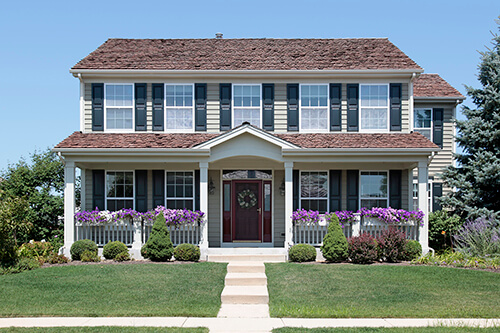 Fill in flat, exposed areas of your home’s exterior with shrubs, ornamental grasses, and small trees. This will add depth, balance, and visual interest to areas that were previously a blank canvas. Remember not to obstruct windows.
Fill in flat, exposed areas of your home’s exterior with shrubs, ornamental grasses, and small trees. This will add depth, balance, and visual interest to areas that were previously a blank canvas. Remember not to obstruct windows. Consider replacing your asphalt driveway with a professionally-installed stamped concrete or natural paver driveway. This area of your front yard is highly visible from the street and sidewalk, so making it visually interesting not only adds curb appeal but also distinguishes your home from others in your neighbourhood.
Consider replacing your asphalt driveway with a professionally-installed stamped concrete or natural paver driveway. This area of your front yard is highly visible from the street and sidewalk, so making it visually interesting not only adds curb appeal but also distinguishes your home from others in your neighbourhood.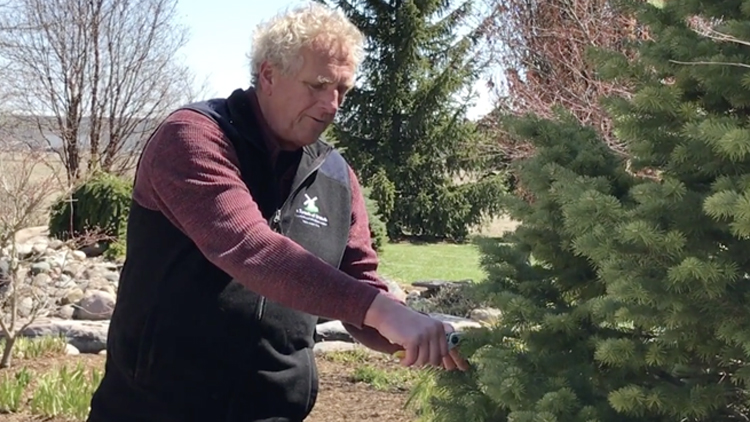

 It’s all well and good to provide seed and suet for birds, but the solution to population decline requires us to look a little closer. Instead of thinking short-term, say season by season, let’s look at it from a yearly perspective, or even longer.
It’s all well and good to provide seed and suet for birds, but the solution to population decline requires us to look a little closer. Instead of thinking short-term, say season by season, let’s look at it from a yearly perspective, or even longer.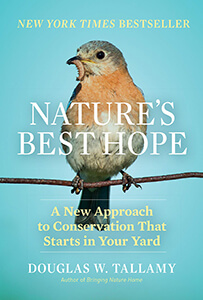 Wildlife Ecologist Doug Tallamy, author of “
Wildlife Ecologist Doug Tallamy, author of “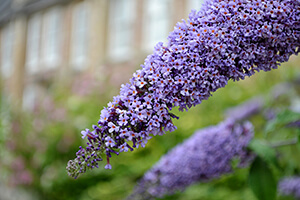 The good news is this isn’t an all-or-nothing proposition. You don’t have to swap out all of the plant life in your garden and risk disrupting your current modern or tropical motif, for example.
The good news is this isn’t an all-or-nothing proposition. You don’t have to swap out all of the plant life in your garden and risk disrupting your current modern or tropical motif, for example.